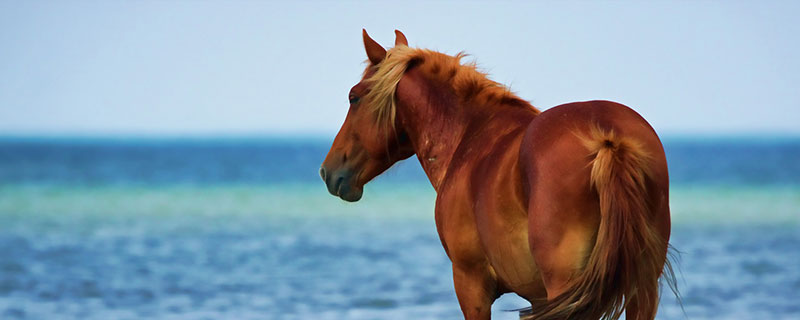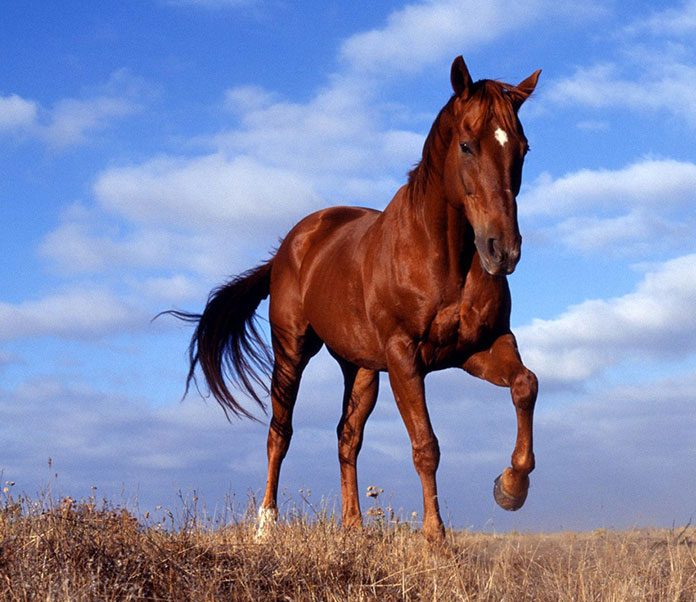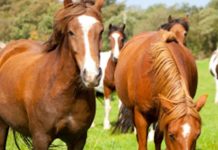Lunging in a circle, using the same body language horses use is natural to a horse, and they will easily see your intent.
You will of course have spent time with your horse to get them familiar with the lunging routine, and what you are asking of them – whether it’s to go right or left, reverse, give face, give at the poll etc.
Once you have the body language aced, add voice commands to match the body language. You’ve already laid the foundation for them to understand what you are asking with your body, by combining a command with the body language, it’s easy for them to make the association between body and voice. You’re doing all the pre-preparatory work so that when you do saddle your horse, he can make the transition from ground body language and voice commands to the same language in the saddle.
 Your body language and position are crucial when communicating with your horse. Once you are in the saddle, if your body language matches what you gave your horse on the ground, you will build confidence in your horse that you are a trustworthy leader and he will listen to you. Yes, it does happen that you get the occasional horse who figures they know better than you do. These ones you really need professional help with. But don’t be discouraged, you can still lunge them and teach them the basics.
Your body language and position are crucial when communicating with your horse. Once you are in the saddle, if your body language matches what you gave your horse on the ground, you will build confidence in your horse that you are a trustworthy leader and he will listen to you. Yes, it does happen that you get the occasional horse who figures they know better than you do. These ones you really need professional help with. But don’t be discouraged, you can still lunge them and teach them the basics.
But, we’re a little ahead of ourselves here, so back to the round pen to learn how to teach your horse to stop. As simple as it sounds, all you have to do is stop all forms of communication. Quit walking, lower your head, and softly say “Whoa!” If you want a nice stop, quiet and relaxed, you have to give your horse the right language to do that. If they don’t stop, keep on walking and try it again. They will get the idea so long as you have the patience. Bottom line is if you want a nice quiet, obedient and great horse, you have to be all those things yourself in addition to a great leader.


































